Parliament has passed legislation to implement the Government’s PayDay Super measures through the Treasury Laws Amendment (Payday Superannuation) Bill 2025 (Bill) and the Superannuation Guarantee Charge Amendment Bill 2025.
‘PayDay Super’ will effectively compel employers to make super contributions for their employees within 7 business days of the payment of their salary and wages.
This is a significant change from the current rules, where employers are required to make super contributions at end of each quarter.
The timeline for introduction of PayDay Super is ambitious, with the changes to be effective from 1 July 2026.
Reflective of this ambitious timeline, the ATO is currently consulting on its approach to compliance for the first 12 months after PayDay Super commences, as set out in their draft practical compliance guideline, PCG 2025/D5. Broadly, this compliance approach will differentiate between low risk, medium risk and high risk employers based on employer’s attempts to meet their PayDay Super obligations.
As discussed here, the PayDay Super amendments to the super guarantee (SG) regime include:
Requirement that employers to pay superannuation guarantee (SG) contributions on or around each ‘qualifying earnings’ (QE) day;
SG shortfalls will be calculated per QE day; and
A new ‘administrative uplift amount’ (60% of the sum of an employer’s SG shortfalls for the QE day and notional earnings) replaces the current flat $20 per SG shortfall employee, with reductions available for timely voluntary disclosure. Superannuation guarantee charge (SGC) payable when SG contributions are not paid on time, will be deductable.
New voluntary disclosure regime
The Bill introduces a new voluntary disclosure regime to replace the requirement to lodge SG statements. Under the new regime:
Employers may lodge a voluntary disclosure statement before the ATO issues an assessment for a QE day.
Lodging a voluntary disclosure statement may reduce or eliminate the administrative uplift amount.
Statements can include:
The payment day (when the contribution was made/debited), and
The receipt day (when the contribution was received by the super fund).
If only a payment day is provided, the law assumes a deemed receipt day 7 business days later (which will affect notional earnings calculations).
New penalty framework
The Bill introduces a new penalty framework that replaces the current Part 7 penalties framework.
|
Trigger/Event |
Timing |
Action |
Employer Consequence |
|
|
1 |
SGC remains unpaid |
28 days after charge became payable |
Commissioner must issue a written notice to pay SGC |
Employer receives a notice requiring payment of unpaid SGC |
|
2 |
Employer fails to pay the amount in the notice |
Within 28 days of the date specified in the notice |
Penalty becomes payable |
Employer becomes liable for a penalty |
|
3 |
Penalty assessed |
After expiry of the 28 day notice period |
Commissioner assesses penalty |
|
*Penalties can be objected to under Part IVC of the Taxation Administration Act 1953*
Changes from original draft legislation
The table below summarises key changes between the original draft legislation and the final legislation, following consultations conducted between 14 March 2025 and 11 April 2025:
|
Changes |
Draft Legislation |
Concerns Raised |
Final Legislation |
|
Extended due date for SG contributions. |
Contributions have to be received by the fund within 3 business days of payday to be considered on-time. |
3 days considered too short for processing, validation, and administrative requirements. |
Due date extended to 7 business days (s 18C(1)(c)). |
|
Extended due date for SG contributions where there are external delays. |
No specific provision. |
Employers could be liable for SG charge even if contributions were delayed by:
|
Additional category of extended due date added – 20 business days (s 18C(2)). |
|
Voluntary disclosure: use of actual received dates |
Late contributions were calculated using a ‘deemed received date’. |
Employers may know the actual date and want flexibility to use it. |
Employers can use the actual super fund received date if known; otherwise, they can use payment date with deemed date (ss 33 and 36(3)). |
|
Expanded eligibility for “Shortfall exemption certificate” |
Certificate only available to employees with multiple simultaneous jobs; applications must be made at least 60 days before the period; cannot be issued after the period starts. |
High-income workers who change jobs mid-year may end up with excess contributions in that year. |
Certificate eligibility extended to employees with multiple jobs within a financial year (s 17C):
|
|
Clarified use of ‘benefit certificates’ for defined benefit funds |
Benefit certificates applies to “members of the scheme” generally. |
Employers of accumulation members in defined benefit funds would have their SG compliance determined actuarially, rather than based on PayDay Super timeframes |
Benefit certificates only apply to defined benefit members (s 18A(3)). |
Commencement of PayDay super regime
The PayDay Super reforms will commence on 1 July 2026 and apply to SG contributions in respect of QE days on or after that date.
Phil Broderick
Principal
T +61 3 9611 0163 l M +61 419 512 801
E pbroderick@sladen.com.au
Philippa Briglia
Special Counsel
T +61 3 9611 0174 | M +61 449 404 801
E: pbriglia@sladen.com.au
Jan Harnischmacher
Associate
T +61 3 9611 0158
E joh@sladen.com.au
Andrea Lin
Lawyer
T +61 3 9611 0189
E alin@sladen.com.au
